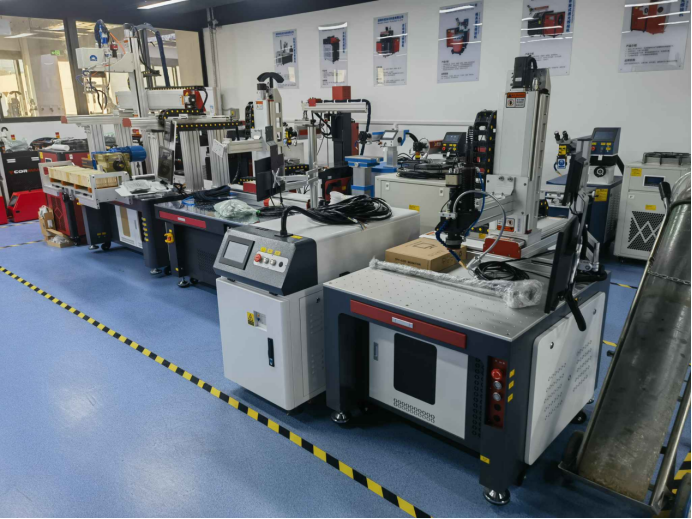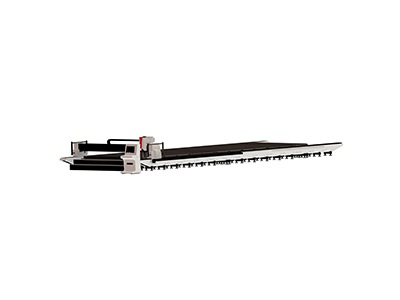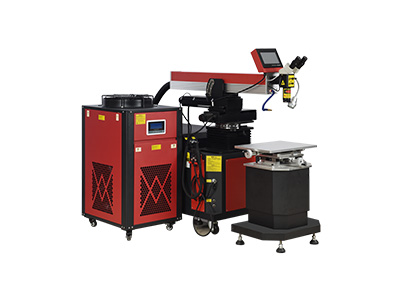- No.609, Centre Of Huijin Nanxiang, Yinxiang Road, Nanxiang Town, Jiading District, Shanghai, China
- sherry@sanmachines.com
- +86-18616767021
Can fiber laser welding machine repair molds?
Molds play an extremely important role in modern industry, and their quality directly determines the quality of products. However, during the use of molds, problems such as collapse, deformation, wear, and even breakage often occur. In order not to delay production, molds need to be repaired. At present, the most commonly used methods for repairing molds are these two: fiber laser welding process and argon arc welding repair.

1. Fiber laser welding process repair: Laser welding is a welding process that uses a laser beam focused by a high-power coherent monochromatic photon flow as a heat source. This welding method usually includes continuous laser welding and pulsed laser welding. The advantage of laser welding is that it does not need to be carried out in a vacuum, and the disadvantage is that the penetration is not as strong as electron beam welding. Laser welding can perform precise energy control, so it can achieve the welding of precision devices. It can be applied to many metals, especially to solve the welding of some difficult-to-weld metals and dissimilar metals. It has been widely used in mold repair.
2. TIG welding repair: The arc burning between the continuously fed welding wire and the workpiece is used as the heat source, and the gas sprayed from the welding torch nozzle protects the arc for welding. At present, argon arc welding is a commonly used method and can be applied to most major metals, including carbon steel and alloy steel. Molten inert gas shielded welding is suitable for stainless steel, aluminum, magnesium, copper, titanium, zirconium and nickel alloys. Due to its low price, it is widely used for mold repair welding, but it has disadvantages such as large heat affected area and large welding spots. At present, it has been gradually replaced by laser welding in precision mold repair.
Features of using fiber laser welding equipment to repair molds:
1. It can realize spot welding, butt welding, lap welding, sealing welding, etc., with high depth-to-width ratio, small weld width, small heat affected zone, small deformation, and fast welding speed.
2. Micro welding can be performed. After focusing, the laser beam can obtain a very small spot and can be accurately positioned. It can be used in the group welding of micro and small workpieces in large-scale automated production.
3. It can weld refractory materials such as titanium and quartz, and can weld heterogeneous materials with good results.
4. It can weld at room temperature or under special conditions, and the welding equipment is simple. For example, the laser passes through the electromagnetic field, and the beam will not deviate; the laser can weld in a vacuum, air, and a certain gas environment, and can weld through glass or materials that are transparent to the beam.
5. It can weld inaccessible parts, non-contact long-distance welding, and has great flexibility. Especially in recent years, the use of optical fiber transmission technology in YAG laser processing technology has made laser welding technology more widely promoted and applied.
6. High-power laser welding machine, for thicker materials, can realize various styles of laser welding and repair.
As a manufacturer of mold laser welding machine, SAN Laser has always put the quality and application of laser welding machine first. Continuously develop solutions for the application industry of laser welding machine, so that you can choose what you want, and high-quality products will never let you down.
Related product links


































 Welder News
Welder News




